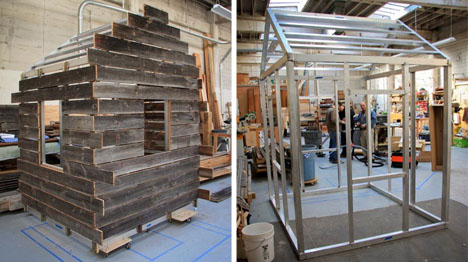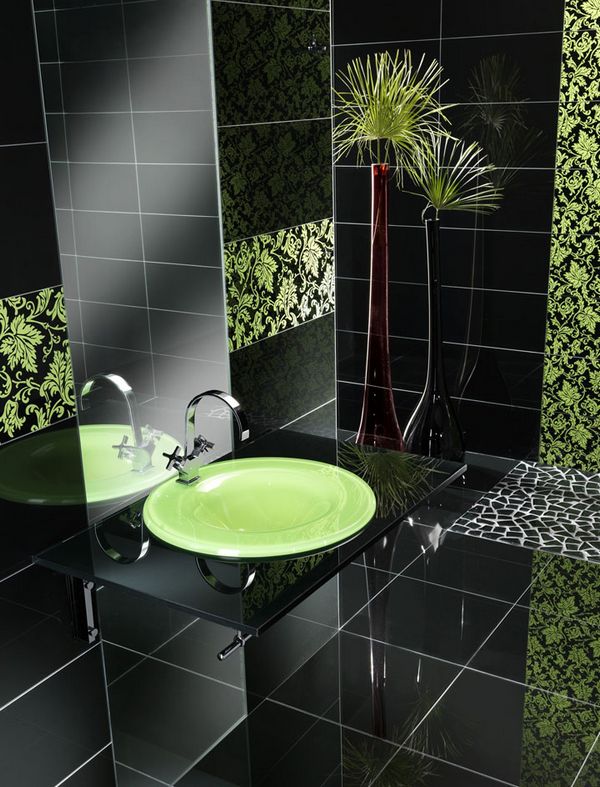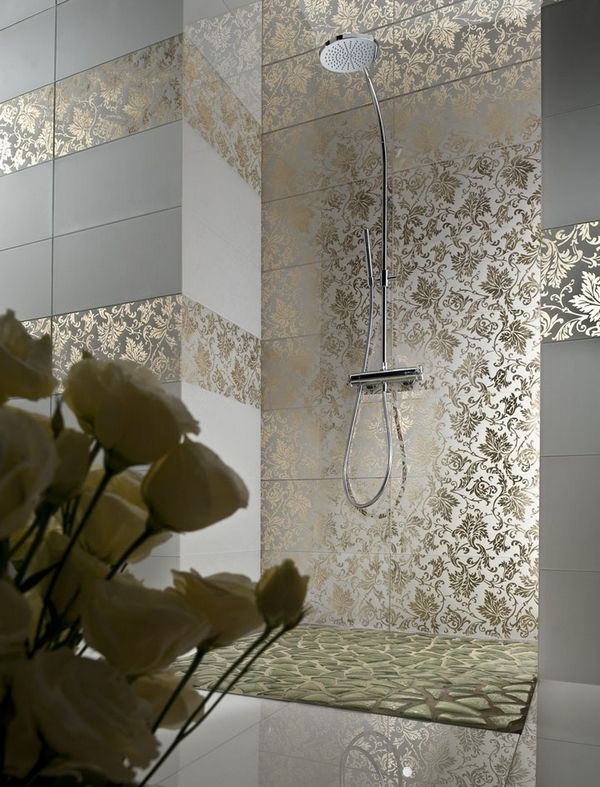In the Swiss village of Vals, this underground house stands apart from the rest. It is a brainchild of architects from SeARCH, Netherlands and Christian Muller. The beautifully designed house plays intelligently by completely eliminating the need of cooling in summers and heating in winters.
The first shocker from the list comes from Neville’s kitty. Beautiful, functional, fascinating and appealing. We wouldn’t lie if we tell you that these words describe it best. Designed by Make Architects, it is sprawled across 8,000 sq. ft. This subterranean sensation is beautifully laid in the shape of a flower and built in a way that keeps energy consumption to the minimum. If there is anything Gary is good at apart from football, it’s his conscious to go eco friendly!
This underground house from KWK Promes has been made using modernistic elements in mind. The green roof of the house is accessible only to the residents via a set of stairs running from inside. Blending perfectly with its green surroundings, the house provides a perfect interaction between outdoors and indoors for its residents.



















